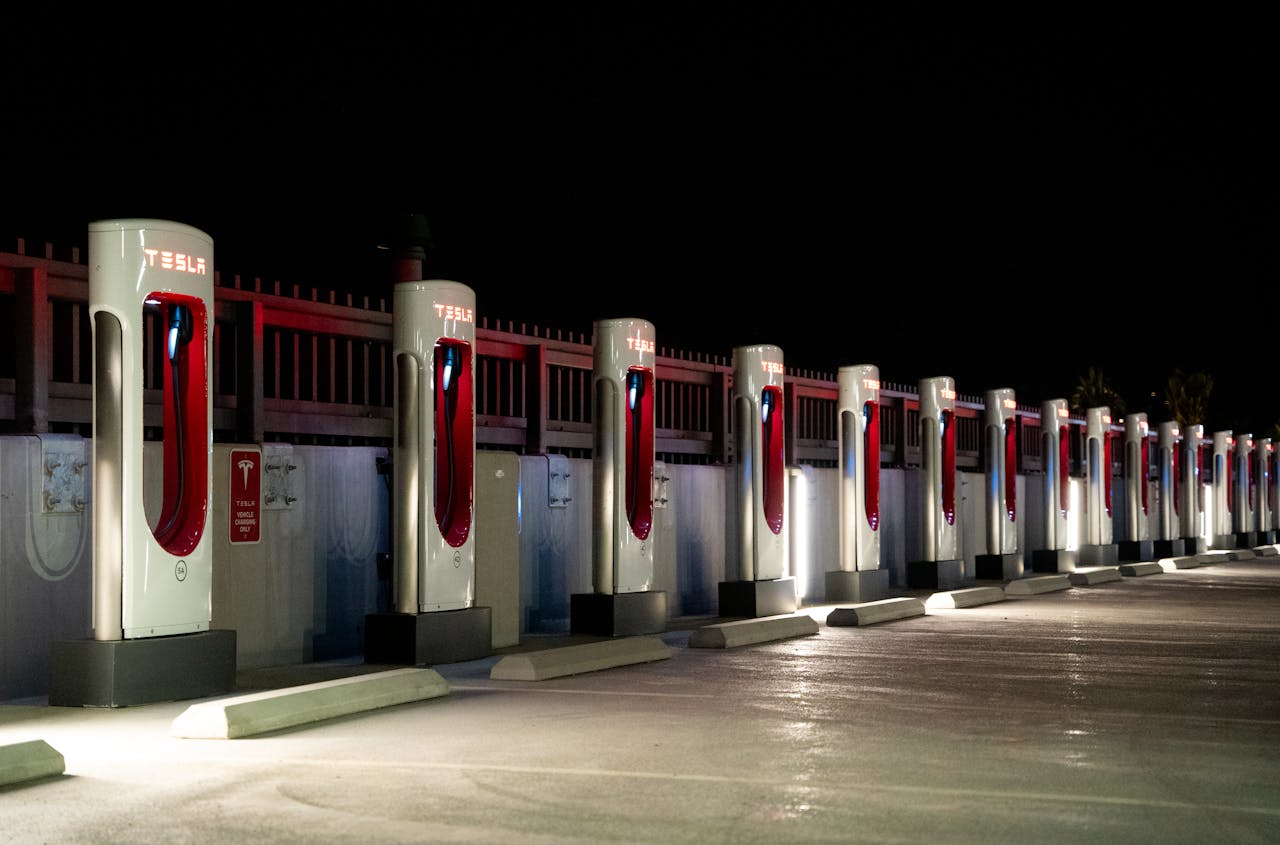Tesla and BYD’s New EVs: Innovations in Range and Charging for 2025
In the rapidly evolving world of electric vehicles, Tesla and BYD are leading the charge with groundbreaking innovations in range and charging for 2025. According to recent data from BloombergNEF, the global electric vehicle market is set to reach staggering heights, with sales expected to exceed 40 million units by 2030. As competition intensifies, Tesla and BYD have unveiled plans for new models that promise unprecedented improvements in driving range and charging efficiency. This article delves into the cutting-edge technologies these industry giants are integrating into their next-generation EVs, offering insights into how these advancements will shape the future of mobility. Whether you’re an EV enthusiast or a potential buyer, this deep dive provides valuable information to help you understand the evolving landscape of electric vehicles.
Breakthroughs in Driving Range: Tesla’s and BYD’s New Models
Tesla’s Revolutionary Battery Technology
Tesla’s relentless pursuit of innovation continues to redefine the EV landscape. In 2025, Tesla plans to introduce the next iteration of its battery technology, promising to extend the driving range of its vehicles well beyond current limitations. The introduction of the new 4680 battery cells is set to increase energy density by 30%, allowing Tesla models to achieve ranges exceeding 500 miles on a single charge. This leap not only reduces range anxiety but also sets a new benchmark for electric vehicles worldwide.
- Expected range: Over 500 miles per charge
- Launch models: Tesla Model S, Model X, and the upcoming Cybertruck
- Technology: 4680 battery cells with advanced thermal management
BYD’s Blade Battery: A Game Changer
BYD, a leader in the Chinese EV market, is not far behind. The automaker’s Blade Battery technology, already praised for its safety and durability, is expected to power its 2025 models with remarkable efficiency. BYD’s focus on improving battery chemistry and design has resulted in a flat, compact battery that enhances vehicle aerodynamics and range. The 2025 BYD Han and Tang models are projected to offer ranges of up to 400 miles, making them formidable contenders in the global market.
- Expected range: Up to 400 miles per charge
- Launch models: BYD Han and Tang
- Technology: Blade Battery with improved lithium iron phosphate cells
Charging Innovations: Speed and Convenience Redefined
Tesla’s Supercharger Network Expansion
Tesla’s Supercharger network, already the most extensive fast-charging system globally, is set to expand further by 2025. With plans to double the number of Supercharger stations, Tesla aims to reduce charging times significantly. The new V4 Supercharger, capable of delivering up to 350 kW, will enable Tesla owners to recharge up to 80% of their battery in just 15 minutes.
- Charging time: 15 minutes for 80% charge
- Network expansion: Doubling of global Supercharger stations
- Technology: V4 Supercharger with 350 kW capacity
BYD’s Fast-Charging Solutions
BYD is also making strides in enhancing charging convenience. The company’s 2025 models will support ultra-fast charging, with capabilities to restore 80% battery life in under 20 minutes. Collaborating with global partners, BYD plans to establish a network of high-speed charging stations, ensuring that their customers have access to quick and reliable charging options.
- Charging time: Under 20 minutes for 80% charge
- Network plans: Global partnerships for charging infrastructure
- Technology: High-speed charging compatible with Blade Batteries
How to Choose Your First Electric Car: Tesla vs. BYD
As you contemplate entering the EV market, understanding the differences between Tesla and BYD’s offerings is crucial. Here are some factors to consider:
- Range Needs: If long-distance travel is common in your routine, Tesla’s extended range models may be more suitable. However, BYD offers impressive range at a competitive price, making it an excellent choice for urban driving.
- Charging Infrastructure: Tesla’s expansive Supercharger network provides unmatched convenience for frequent travelers. BYD’s charging solutions are rapidly expanding, particularly in urban centers.
- Price and Features: Evaluate budget constraints and desired features. Tesla is known for its premium features and cutting-edge technology, while BYD offers affordability without compromising on essential functionalities.
- Environmental Impact: Both brands emphasize sustainability, but Tesla’s focus on zero-emission technology and BYD’s commitment to renewable energy sources in manufacturing are noteworthy.
Conclusion: A Glimpse into the Future of EVs
The advancements in range and charging capabilities from Tesla and BYD signal a transformative era for electric vehicles. With Tesla pushing the boundaries of battery performance and BYD offering innovative, cost-effective solutions, the EV landscape is poised for significant growth and diversification by 2025. As consumers, understanding these developments is essential to make informed decisions, whether it’s choosing your first EV or upgrading to the latest model.
As the EV industry continues to evolve, what features or innovations are you most excited about? Share your thoughts in the comments below, and stay tuned for more updates as we navigate the electrifying future of mobility.

